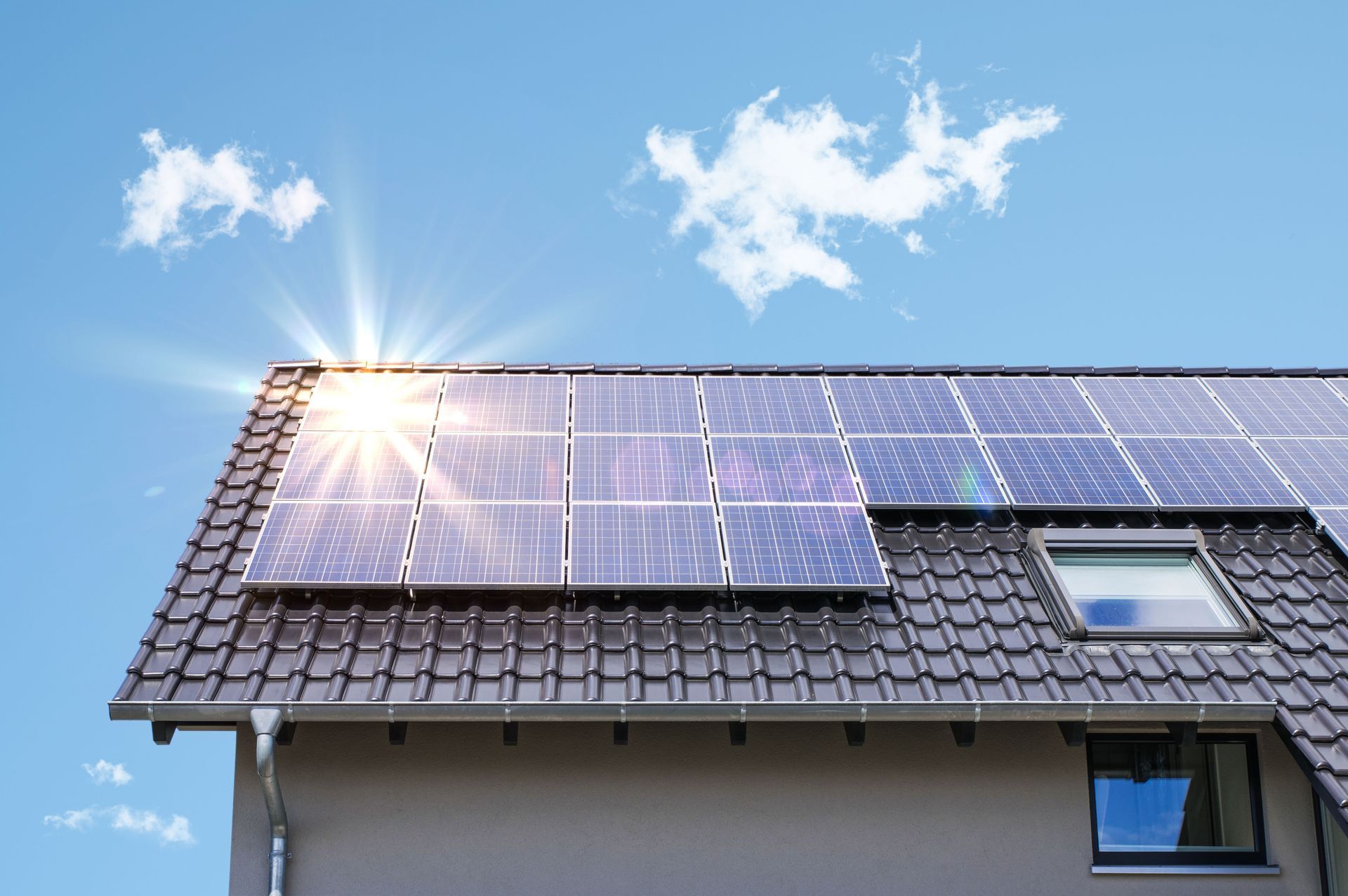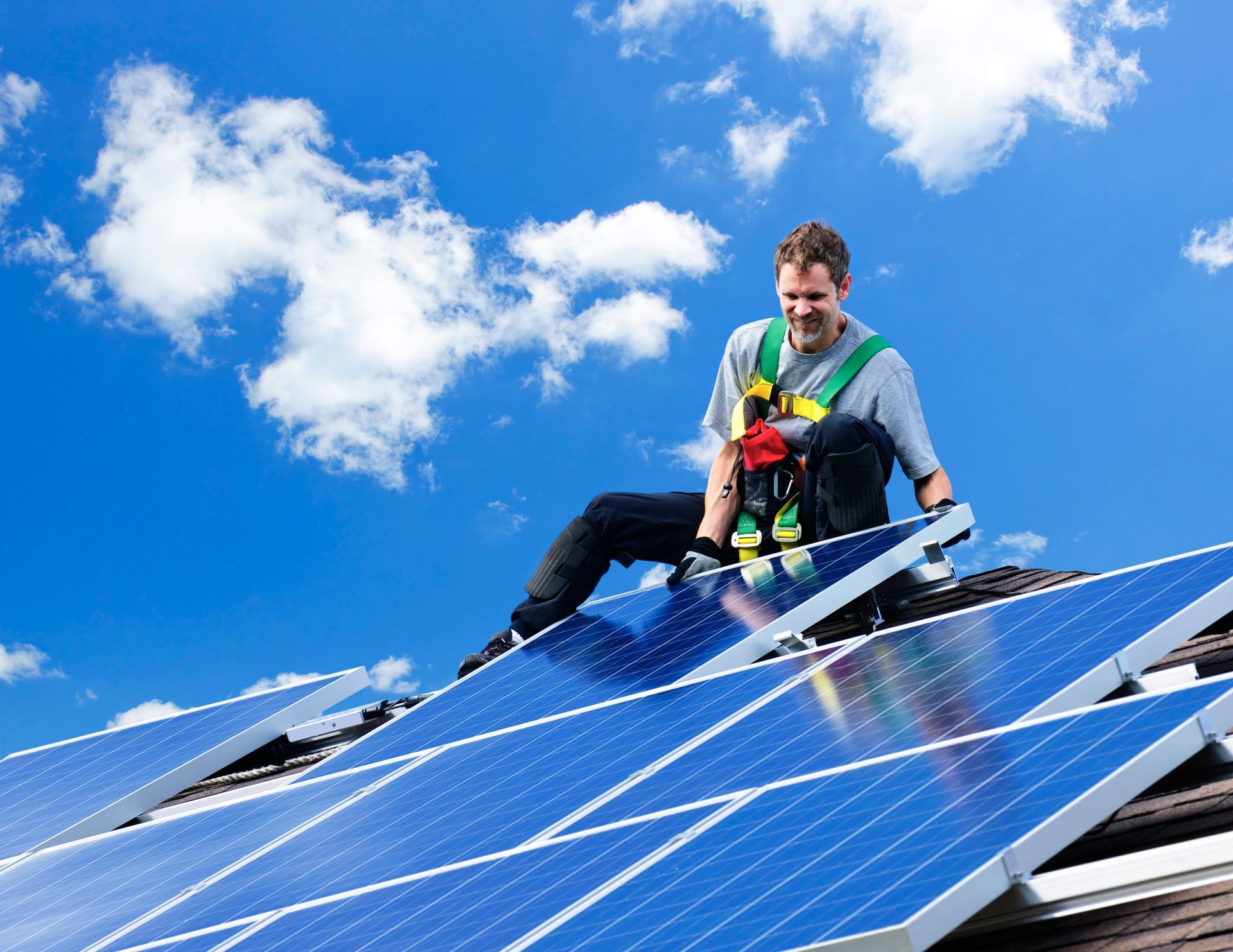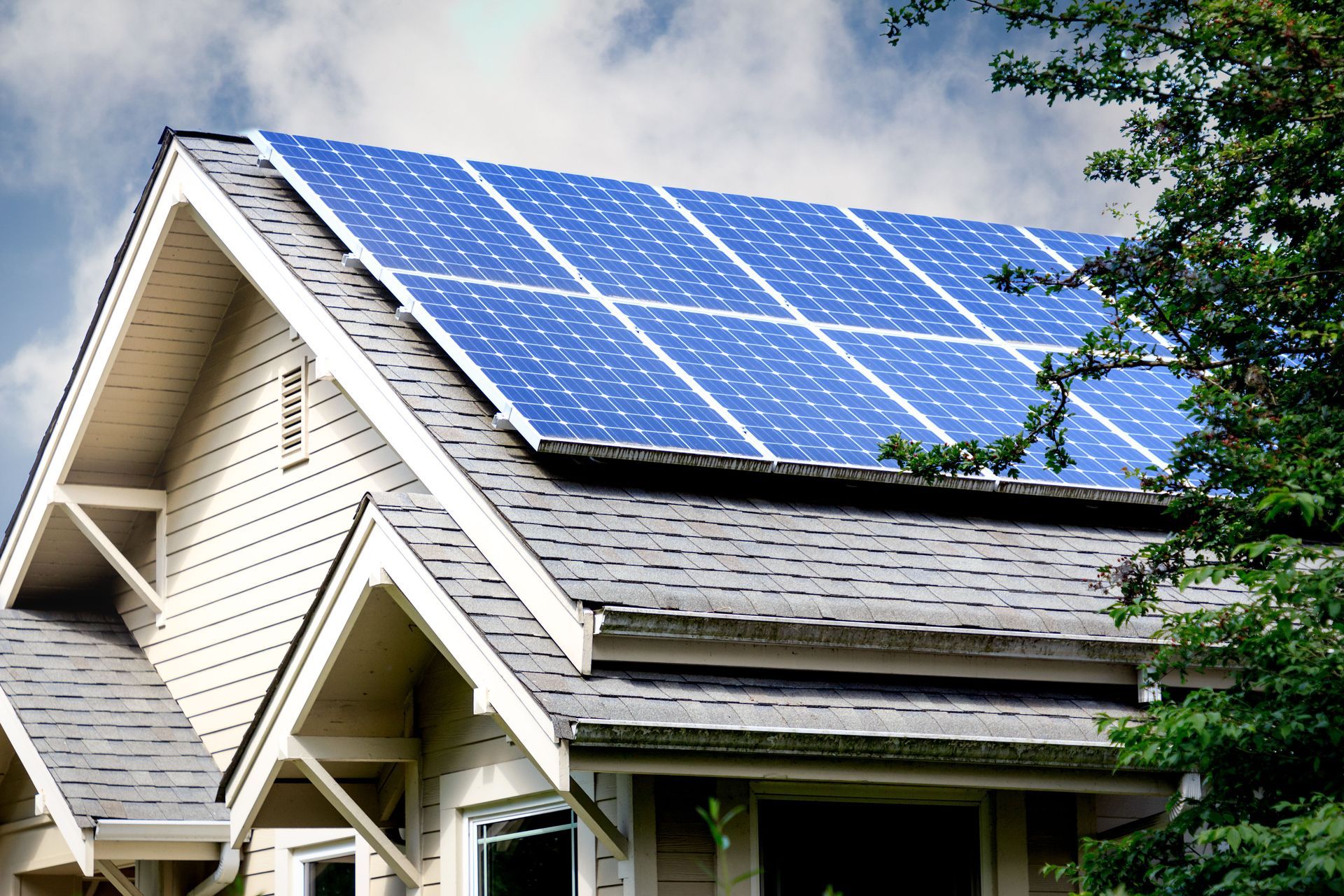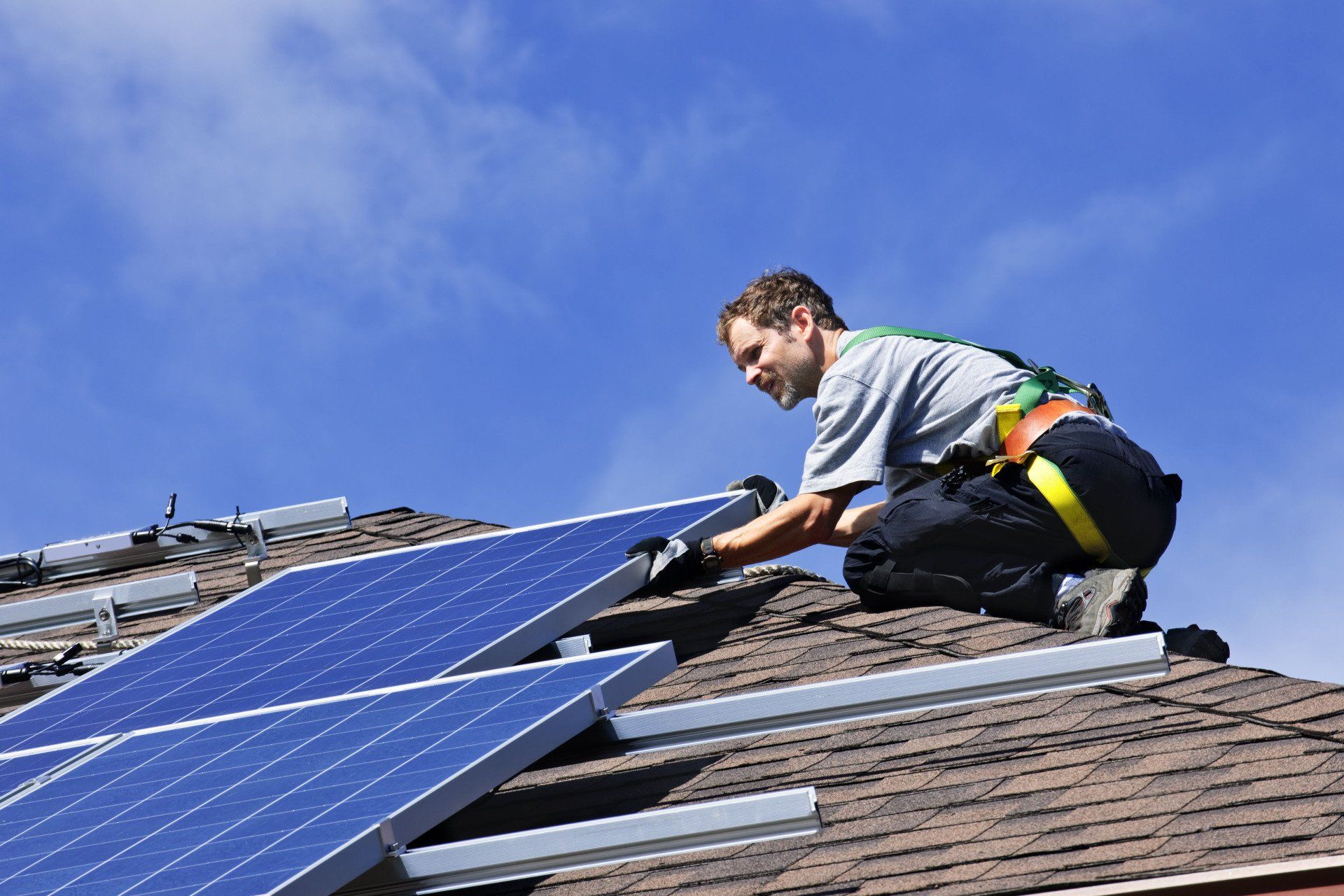How do Solar Panels Actually Work?
Solar is the new buzzword in the world of electricity generation. According to the Department of Energy, it's estimated that more than one in seven homes in the United States will have a solar panel on their rooftop by 2030. But how exactly does a solar panel work? Here are some things that you might want to know about how solar panels generate electricity.
The Role of Light
Light from the sun is a huge factor when it comes to solar energy generation. The sun emits photons, which are light particles. When these reach a solar panel, they knock electrons free from atoms. This action generates a flow of electricity generated by the charge of the electrons, which is then captured by the panel. According to the University of Minnesota Duluth, a solar panel comprises a lot of smaller units known as photovoltaic cells. These units link together to create the solar panel.
The Photovoltaic Cells
You can think of the photovoltaic cell as a sandwich made up of double slices of semiconducting material. In most instances, photovoltaic cells are made using silicon. This is the same material that is used in microelectronics. To function, a photovoltaic cell needs to establish an electric field. This is similar to a magnetic field, which is created by poles with opposite charges. Similarly, an electric field is created from the separation of opposite charges. For this to happen, manufacturers combine silicon with other materials like phosphorous. This adds extra electrons, which gives each slice of the sandwich an opposite electrical charge.
The Photovoltaic Effect
In a nutshell, solar panels work by capturing electricity that is generated when photons from the sun knock electrons free from atoms. The electrons are then set in motion, creating a flow of electrons that is known as electricity. Solar panels are designed in a way that enables them to capture electricity and transform it into an electric current that can be used. This process is what is known as the photovoltaic effect.
Solar panels are not overly complicated. All they present is a way for energy from the sun to be converted into electricity. As long as there is enough light, a solar panel will generate electricity. The science of electricity generation by solar panels all boils down to the photovoltaic effect. This process was first discovered by Edmond Becquerel in 1839. There have been a lot of changes to the original solar panel. Today, these panels are more efficient and they can generate electricity even with small amounts of light.
SERVICE AREA
Servicing all customer in Unitil, National Grid, Eversource, and Municipalities.
Massachusetts Construction Supervisor License: CS-120226





Share On: